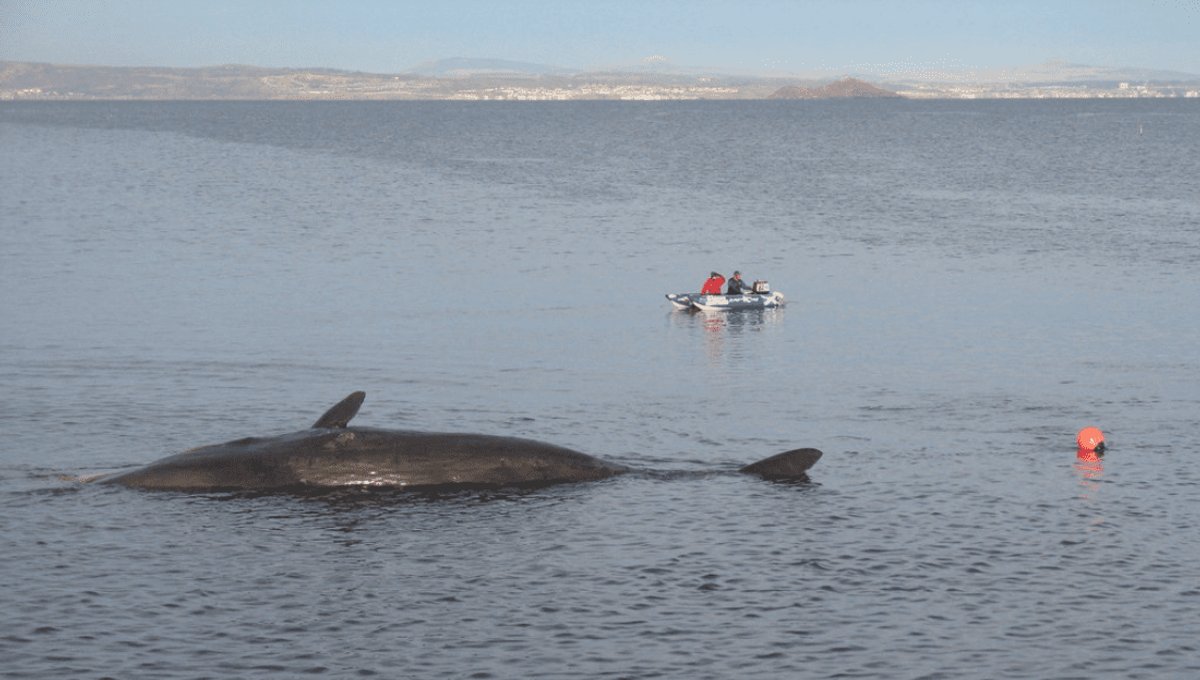Picture this: It’s a beautiful day in California, with a gentle breeze blowing as you approach an unidentified floating object. As you get closer, you realize it’s a massive, bloated whale carcass filled with natural gases. You can’t help but think, “This thing could explode at any moment.” And then, in a spectacular display, the whale erupts, spewing its entire contents in a gory explosion.
Sound intriguing? Well, thanks to WTF! Outdoors, you can witness this incredible sight. They posted a video on YouTube capturing the offal explosion on the California coast near Tomales Bay. Although it’s hard to determine the exact type of whale in the footage, as it quickly becomes obscured by a billowing cloud of blood and organs, the common cetaceans in the area are gray whales, blue whales, and humpback whales.
One YouTube user commented, “It is not very nice to see an animal explode, but at the same time it is biologically very interesting.” And interesting it is indeed. The video turns into a game of Guess The Internal Organ, as everything from intestines to lungs and possibly a spleen gushes out of the dead whale’s mouth. If any zoologists out there can identify each organ, they must have a stronger stomach than us.
Gassy explosions like this are a natural part of decomposition for these animals, and tales of exploding whales have spread across the world. Dead whales, filled with gas, have washed up on beaches and even the Staten Island shore, creating unforgettable scenes.
But let’s not forget the explosive incident in Tainan, Taiwan, where a 60-ton sperm whale on its way to a research facility for a necropsy exploded on a busy street. The whale’s entrails burst forth, showering shops and homes with blood and guts. The aftermath received mixed responses, with some complaining about the terrible smell while others were fascinated by the size of the whale’s penis.
And of course, we can’t discuss exploding whales without mentioning the infamous Great Whale Explosion of Oregon in 1970. After a massive sperm whale washed up on the beach, officials decided to stage an explosion to remove it. The results were… unfortunate.
It seems that exploding a whale requires just the right amount of explosives. Either enough to send the carcass out to sea or a whole bunch to obliterate it completely. Anything in between can lead to disastrous consequences, as the Oregon highway division learned on that fateful November day. The detonation sent enormous chunks of blubber flying, described by witnesses as “a mighty burst of tomato juice.” Whale boulders crashed onto buildings, cars, and even people. In a lighthearted response, the people of Oregon decided to commemorate the event by naming a park after it. When life gives you whale chunks, make the Exploding Whale Memorial Park.








